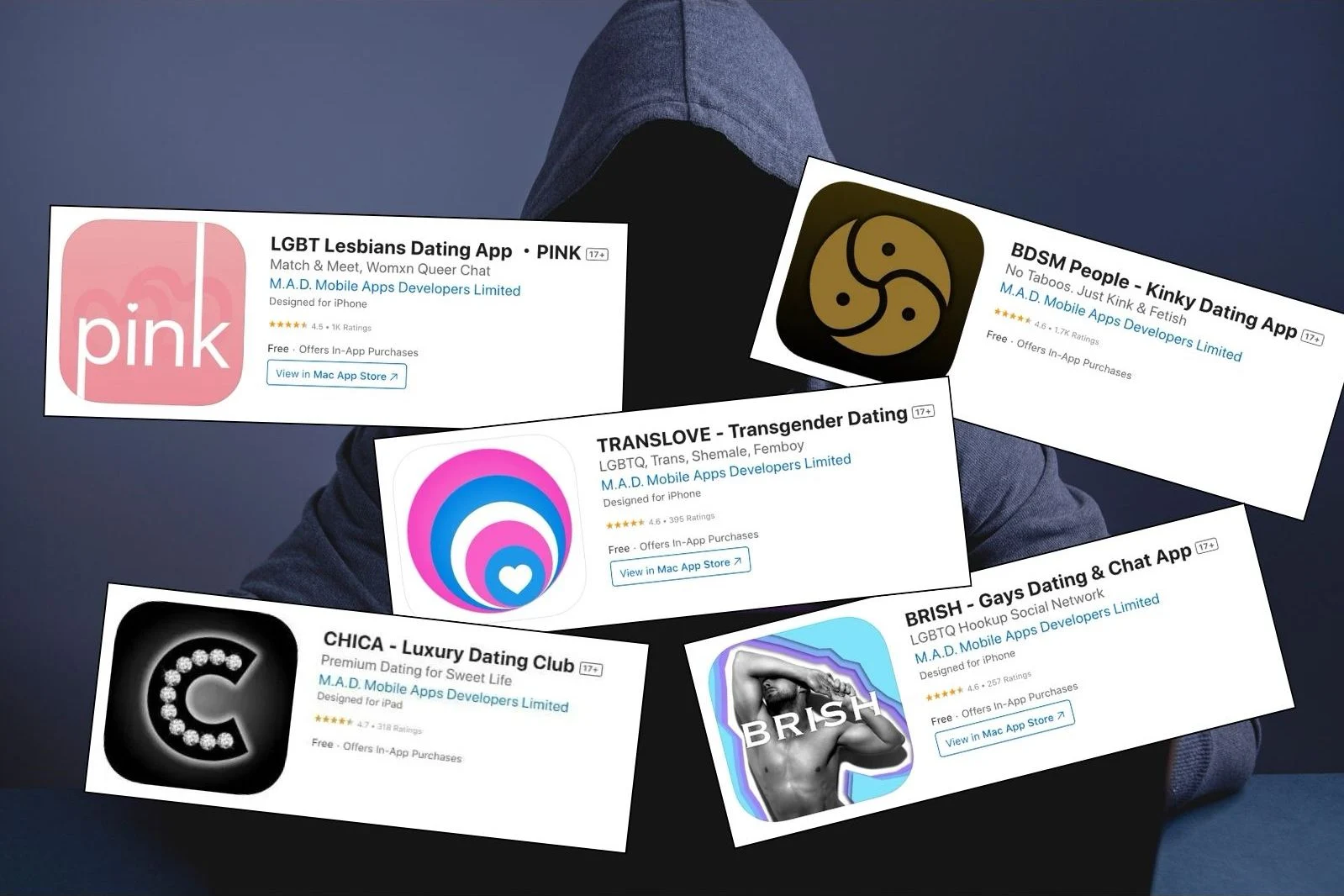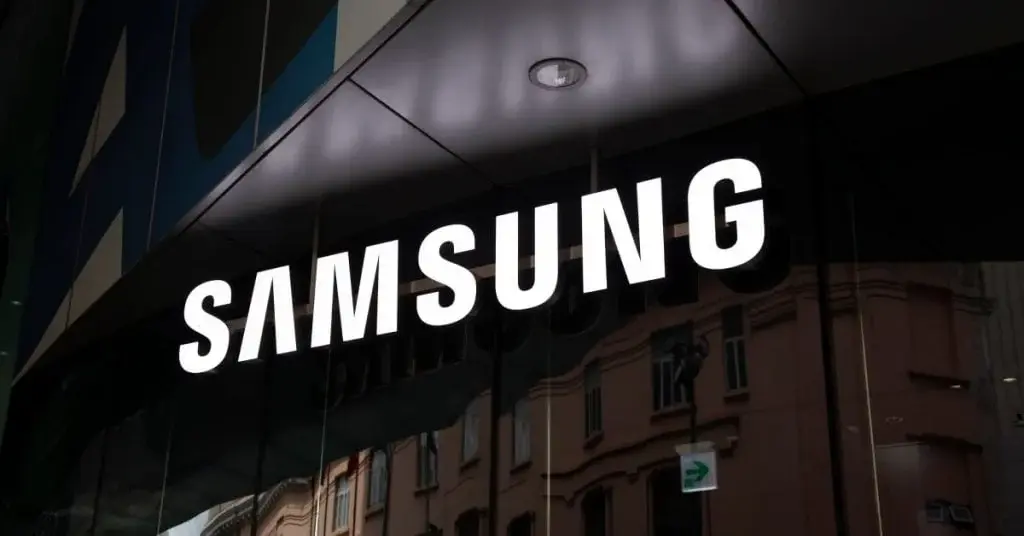Key Takeaways
1. Adidas experienced a data breach involving user names, email addresses, and phone numbers from a customer support vendor, but no passwords or payment information were compromised.
2. Following the breach announcement on May 27, 2025, Adidas implemented containment strategies and is working with cybersecurity professionals to investigate.
3. The incident highlights vulnerabilities in third-party vendor security, with 30% of breaches involving external service providers, according to Verizon’s 2025 report.
4. Adidas is not alone; other retailers like JD Sports and Foot Locker have faced similar breaches linked to third-party vendors, raising concerns about data handling practices.
5. Adidas is enhancing its data security measures after previous breaches earlier in 2025, while general cybersecurity advice includes monitoring accounts for unusual activity.
Adidas has acknowledged that user information was compromised due to a breach at one of its customer support vendors. The leaked data consists of user names, email addresses, and phone numbers from individuals who reached out to Adidas for assistance. Thankfully, the company stated that no passwords or payment information were involved in this incident.
Response to the Breach
After the breach was made public on May 27, 2025, Adidas implemented containment strategies and began collaborating with cybersecurity professionals to probe into the matter. The company is notifying those affected and has reported the incident to data protection authorities and law enforcement, following legal requirements.
Wider Implications
This breach reveals a larger issue, as third-party vendors remain a vulnerable spot in enterprise security systems. According to Verizon’s 2025 Data Breach Investigations Report, 30% of breaches last year involved external service providers, which raises ongoing worries about managing vendor risks and ensuring adequate security measures.
Adidas isn’t alone in dealing with the consequences of vendor-related breaches. In 2023, JD Sports announced that attackers accessed information from approximately 10 million customers, including their names, contact information, and order histories. The following year, Foot Locker reported a similar breach tied to a third-party marketing partner.
Ongoing Concerns
These incidents intensify worries about how external vendors handle customer data and why they continue to be a significant vulnerability in retail cybersecurity.
This isn’t the first time Adidas has encountered a data breach either. Earlier this year, customer data was also compromised in separate incidents in Turkey and South Korea. Adidas expressed regret over the situation and is actively working to enhance its data security measures. The company assures that investigations into the breach and efforts to prevent future occurrences are still in progress.
While Adidas has not provided specific advice for affected individuals, general cybersecurity best practices recommend verifying the source of unsolicited communications and keeping an eye on accounts for any unusual activity.
Source:
Link










